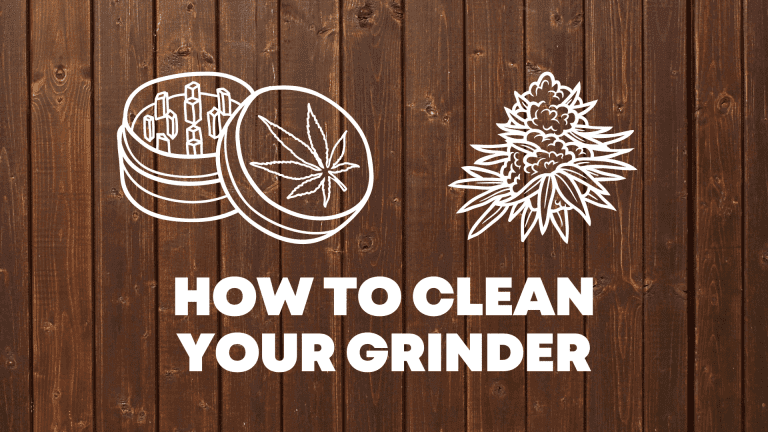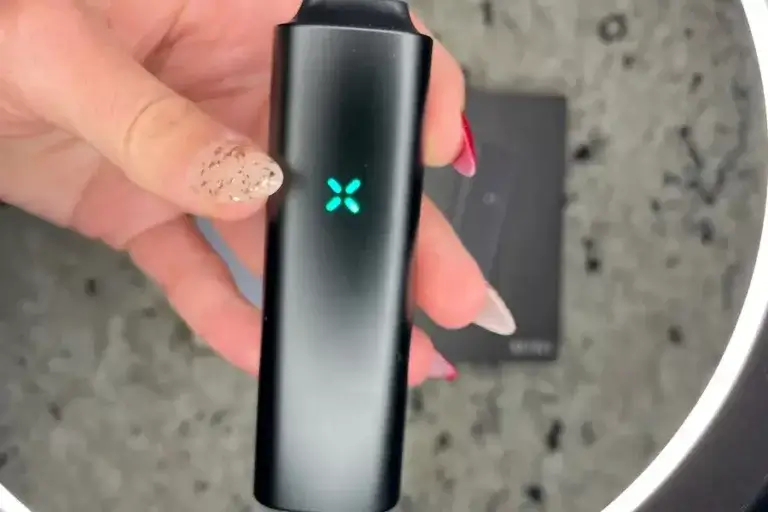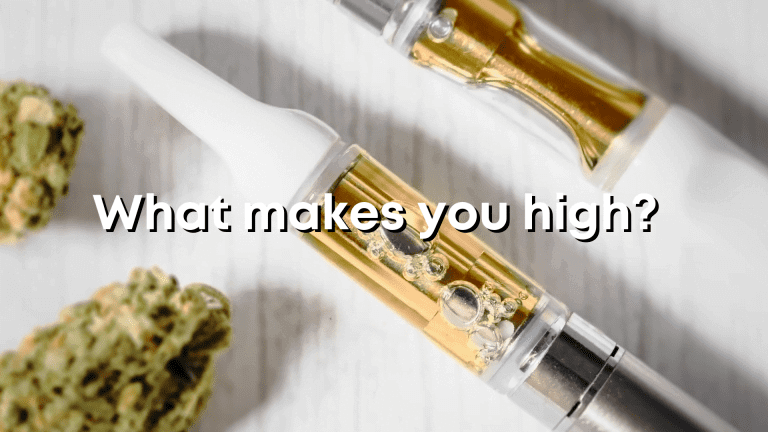Hempcrete is a sustainable and eco-friendly building material made from the woody core fibers of the hemp plant (known as the hurd) mixed with a lime-based binder. It is a versatile and lightweight material that offers several benefits for construction and insulation purposes.
The production of hempcrete starts with the separation of the hemp plant’s fibers into two components: the long, strong fibers used for textiles and other applications, and the woody core fibers, or hurd, which are used for it. The hurd is mixed with a lime binder and water to create a paste-like mixture that is then cast into forms or used as an infill material.
Here are some key features and benefits of hempcrete:
- Sustainable and renewable: Hemp is a fast-growing plant that requires minimal water, pesticides, or herbicides to thrive. It is considered a renewable resource with a significantly lower environmental impact compared to traditional building materials.
- Insulation properties: Hempcrete exhibits excellent insulation properties due to the presence of trapped air pockets within its structure. It offers both thermal insulation and acoustic insulation, helping to regulate indoor temperatures and reduce noise transmission.
- Breathability: Hempcrete is a breathable material, allowing moisture to pass through and preventing the buildup of condensation or moisture-related issues. It can help maintain a healthier indoor environment by preventing the growth of mold and mildew.
- Fire resistance: Hempcrete has natural fire-resistant properties due to the presence of lime in the binder. While it is not completely fireproof, it can provide an additional level of fire protection compared to traditional building materials.
- Carbon sequestration: The production of hempcrete involves the capture of carbon dioxide (CO2) from the atmosphere. The lime binder used in hempcrete undergoes a process called carbonation, where it absorbs CO2 during curing. This carbonation process effectively sequesters carbon, making hempcrete a carbon-negative material.
It’s important to note that hempcrete is not load-bearing and is typically used as an infill material within a structural frame. It is often combined with other building materials such as timber or steel to create a complete building system.
Hempcrete construction requires specialized techniques and considerations. The mixture is typically poured or packed into wall cavities or formwork, and it requires time to cure and gain strength. The resulting walls are lightweight, non-toxic, and have a unique aesthetic appearance characterized by a natural, textured finish.








